The U.S.S. Maine Explodes: Catalyst for the Spanish-American War
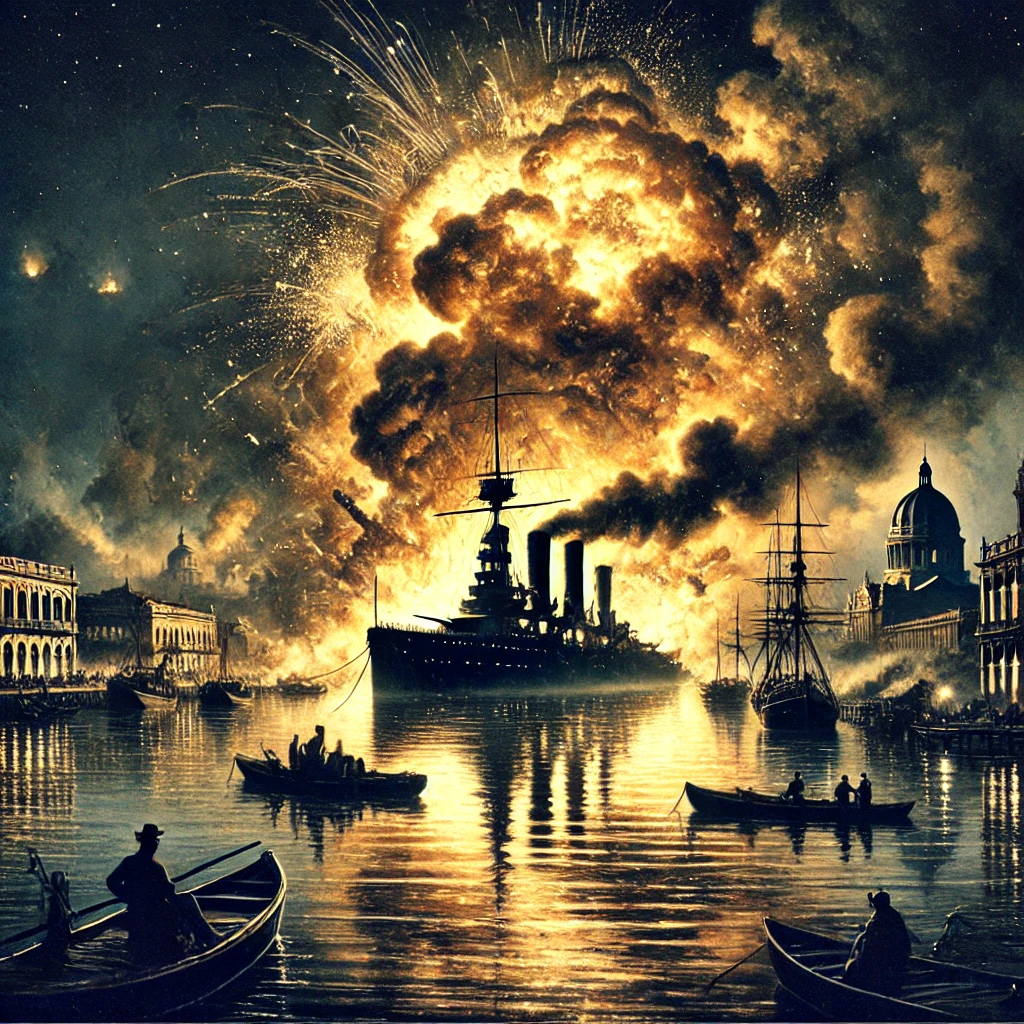
A tragic event occurred on February 15, 1898, when the U.S.S. Maine, an American battleship, exploded in Havana Harbor, Cuba, leading to the deaths of 266 sailors. The incident heightened tensions between the United States and Spain, ultimately leading to the Spanish-American War. This pivotal moment not only altered the course of U.S. foreign policy […]
The Ayatollah Khomeini Issues a Fatwa Against Salman Rushdie
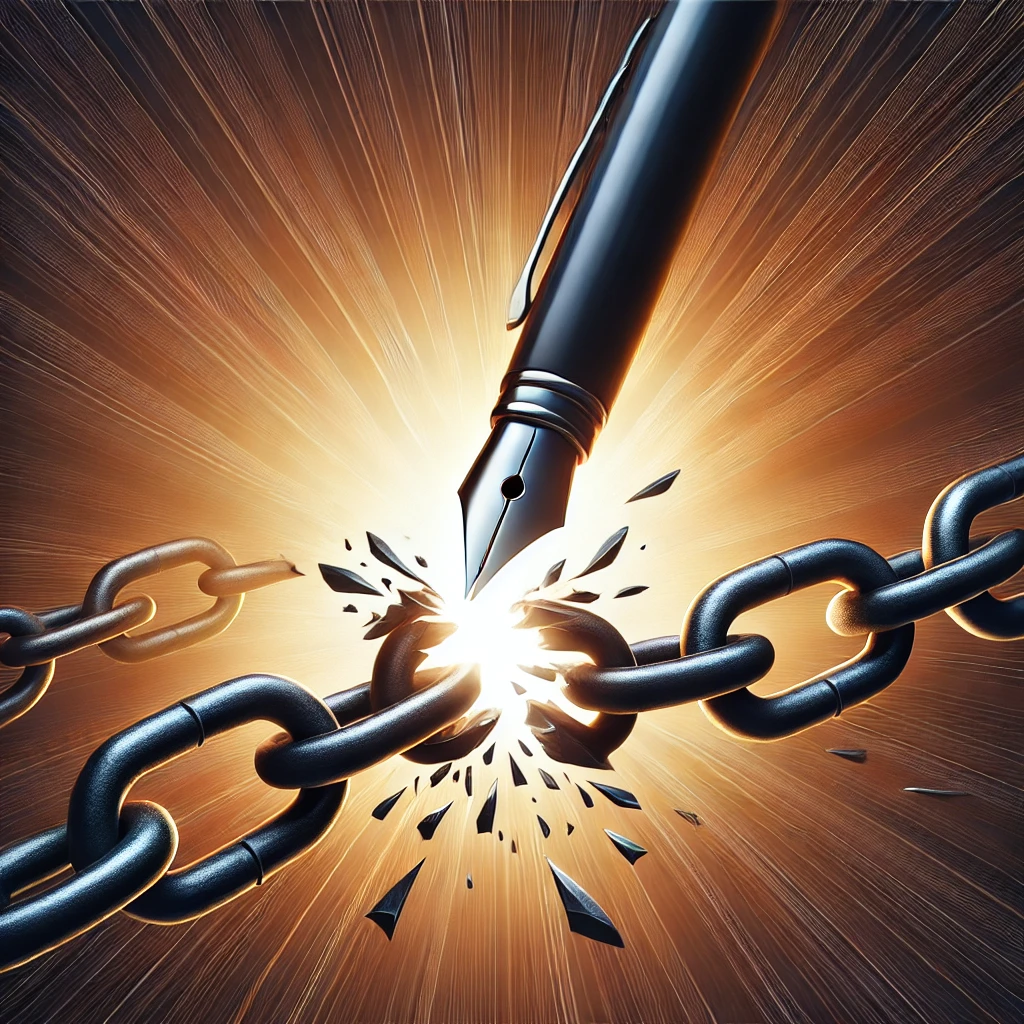
On February 14, 1989, Iranian Supreme Leader Ayatollah Ruhollah Khomeini issued a fatwa calling for the death of British Indian author Salman Rushdie. The edict was a direct response to Rushdie’s controversial novel The Satanic Verses, which many Muslims considered blasphemous for its depiction of the Prophet Muhammad and Islamic themes. Khomeini’s decree not only […]
The St. Valentine’s Day Massacre Shocks Chicago

On February 14th, 1929, one of the most notorious events in American gangster history occurred, known as the St. Valentine’s Day Massacre. The streets of Chicago, already gripped by Prohibition-era violence, were rocked by the brutal murder of seven members of the North Side Gang. The victims, lined up against the wall of a garage […]
A Tragic Encounter: The Death of Captain James Cook in Hawaii
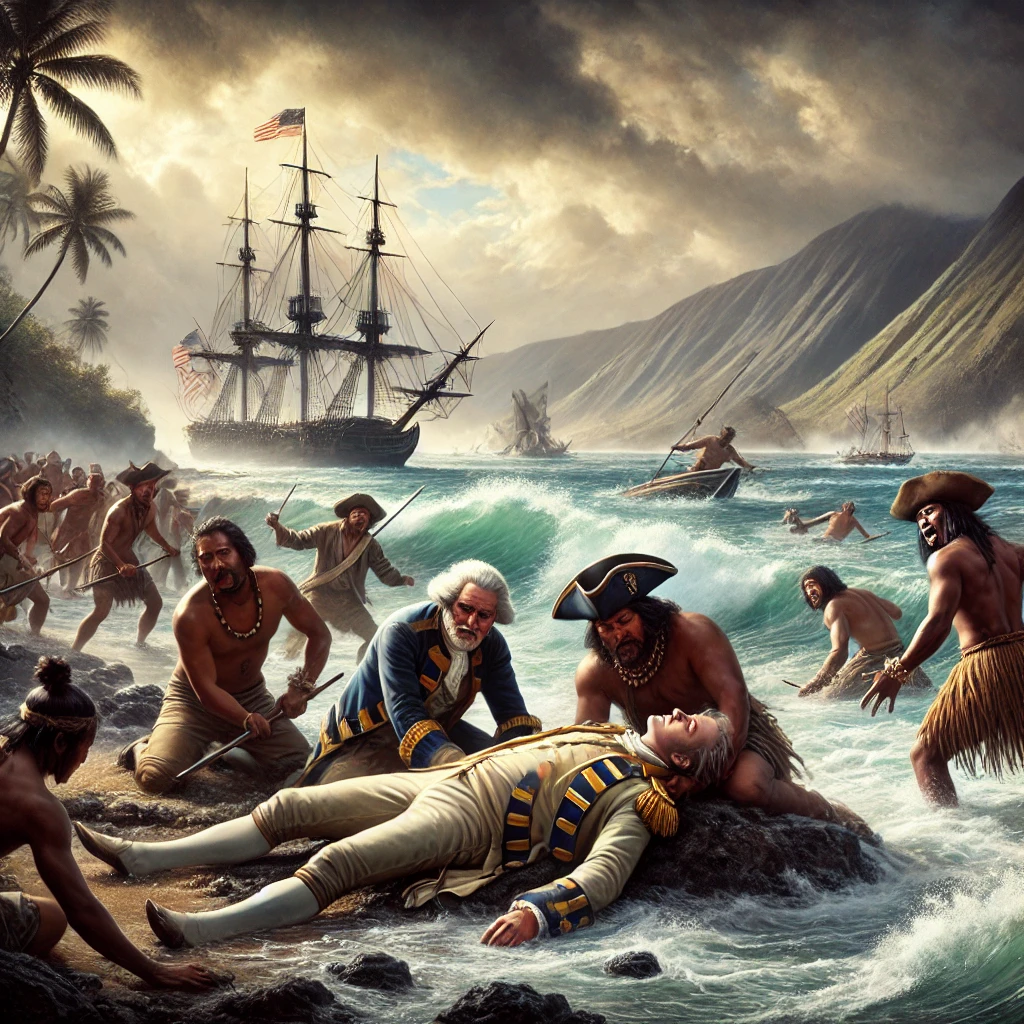
A tragic end to a legendary explorer’s journey occurred on February 14th, 1779, as Captain James Cook, the British explorer and navigator, was killed by Hawaiian islanders during his third and final voyage to the Pacific Ocean. Cook, renowned for his groundbreaking expeditions and detailed cartographic work, met an untimely death on the shores of […]
The Final Frame: The Last Original “Peanuts” Comic Strip

A beloved comic strip came to an end on February 13th, 2000, as the last original “Peanuts” comic strip, created by Charles M. Schulz, was published posthumously. The strip had entertained readers for over 50 years, becoming a cultural touchstone that transcended generations with its simple artistry, profound themes, and unforgettable characters. The Birth of […]
The Bombing of Dresden Begins: A Controversial Chapter in World War II History

On February 13, 1945, the Allied forces commenced a series of devastating bombing raids on the German city of Dresden, an event that has since become one of the most controversial military actions of World War II. The operation, carried out primarily by the British Royal Air Force (RAF) and the United States Army Air […]
Galileo Galilei’s Trial: A Turning Point in the History of Science
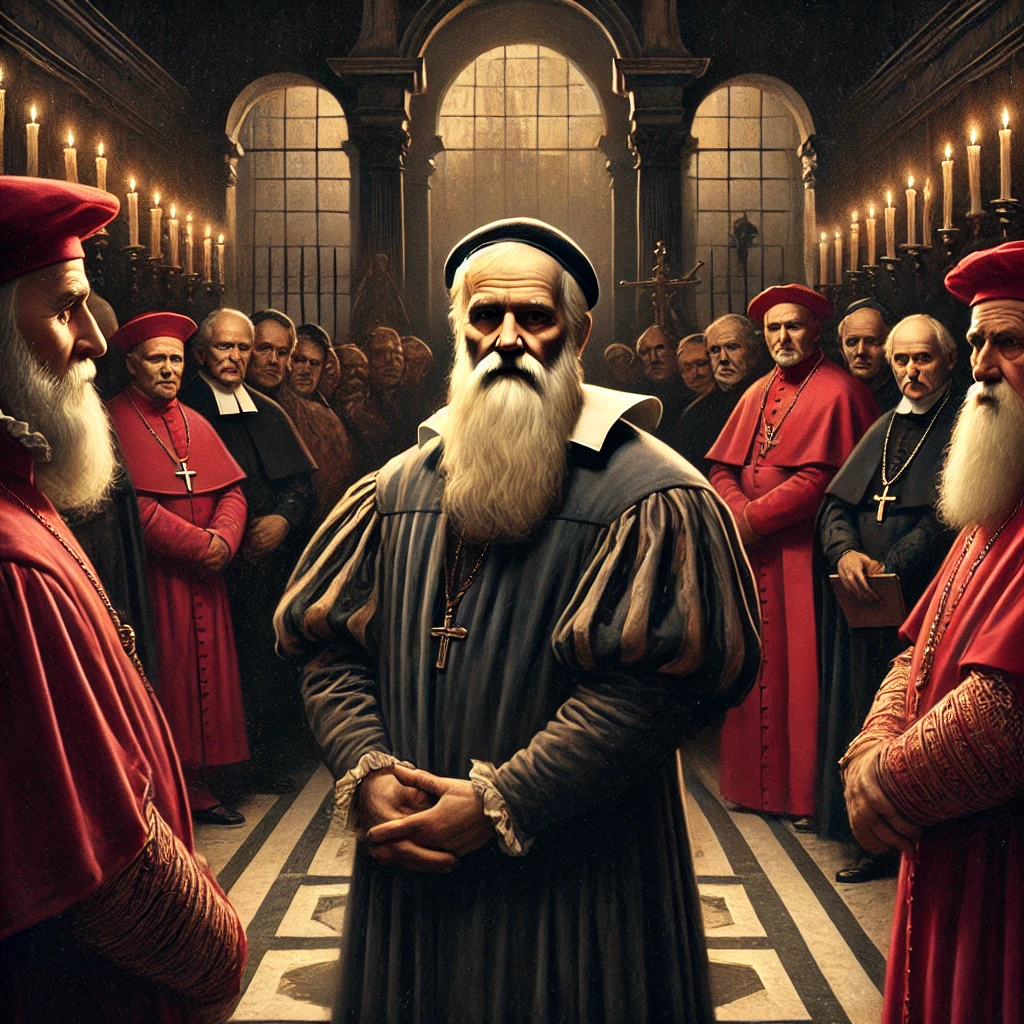
On February 13th, 1633, Galileo Galilei, the renowned Italian astronomer, arrived in Rome to face trial before the Roman Inquisition for advocating heliocentrism, the theory that the Earth revolves around the sun. This pivotal event not only marked a significant confrontation between science and religious doctrine but also symbolized the struggle for intellectual freedom that […]
The Trial of Slobodan Milošević: A Landmark in International Justice

On February 12, 2002, the trial of Slobodan Milošević, former President of Serbia and Yugoslavia, began at the International Criminal Tribunal for the Former Yugoslavia (ICTY) in The Hague, Netherlands. This event marked a watershed moment in the history of international justice, as it was the first time a former head of state was tried […]
The Fall of the Dragon Throne: The Abdication of China’s Last Emperor

On February 12, 1912, the last Emperor of China, Puyi, formally abdicated the throne, marking the end of over two millennia of imperial rule. Known as the Xuantong Emperor, Puyi ascended to the throne in 1908 at just two years old, serving as the figurehead of the Qing Dynasty. His abdication not only signified the […]
The Birth of a Movement: The Founding of the NAACP
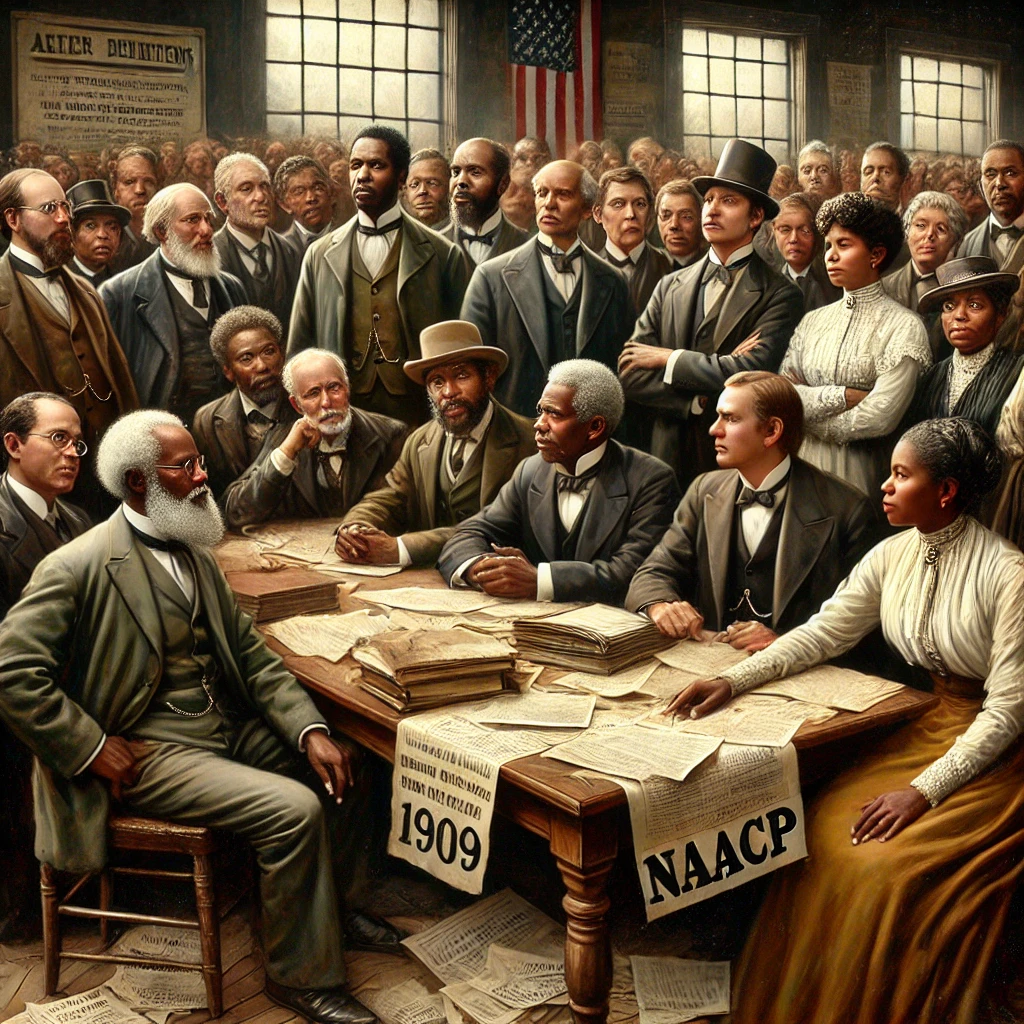
On February 12, 1909, the National Association for the Advancement of Colored People (NAACP) was founded in New York City, marking the beginning of an organization that would become one of the most influential civil rights groups in American history. Established in response to the violent race riots of 1908 in Springfield, Illinois, and the […]
